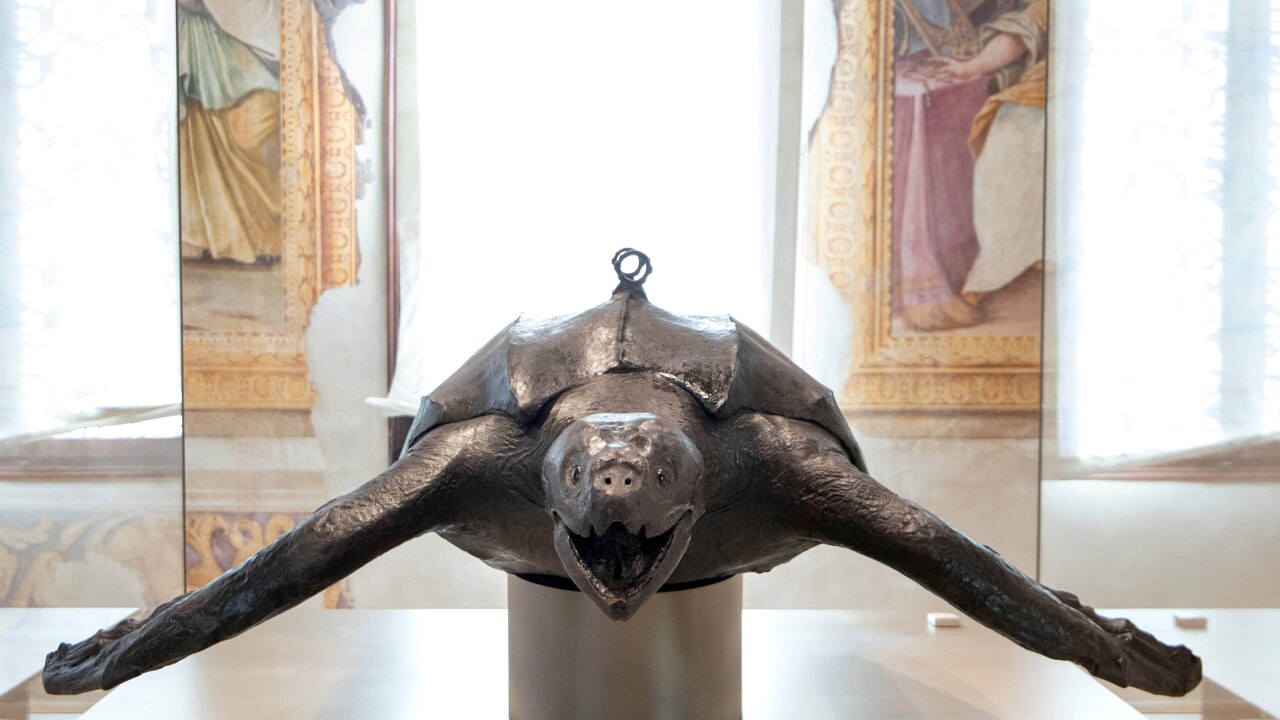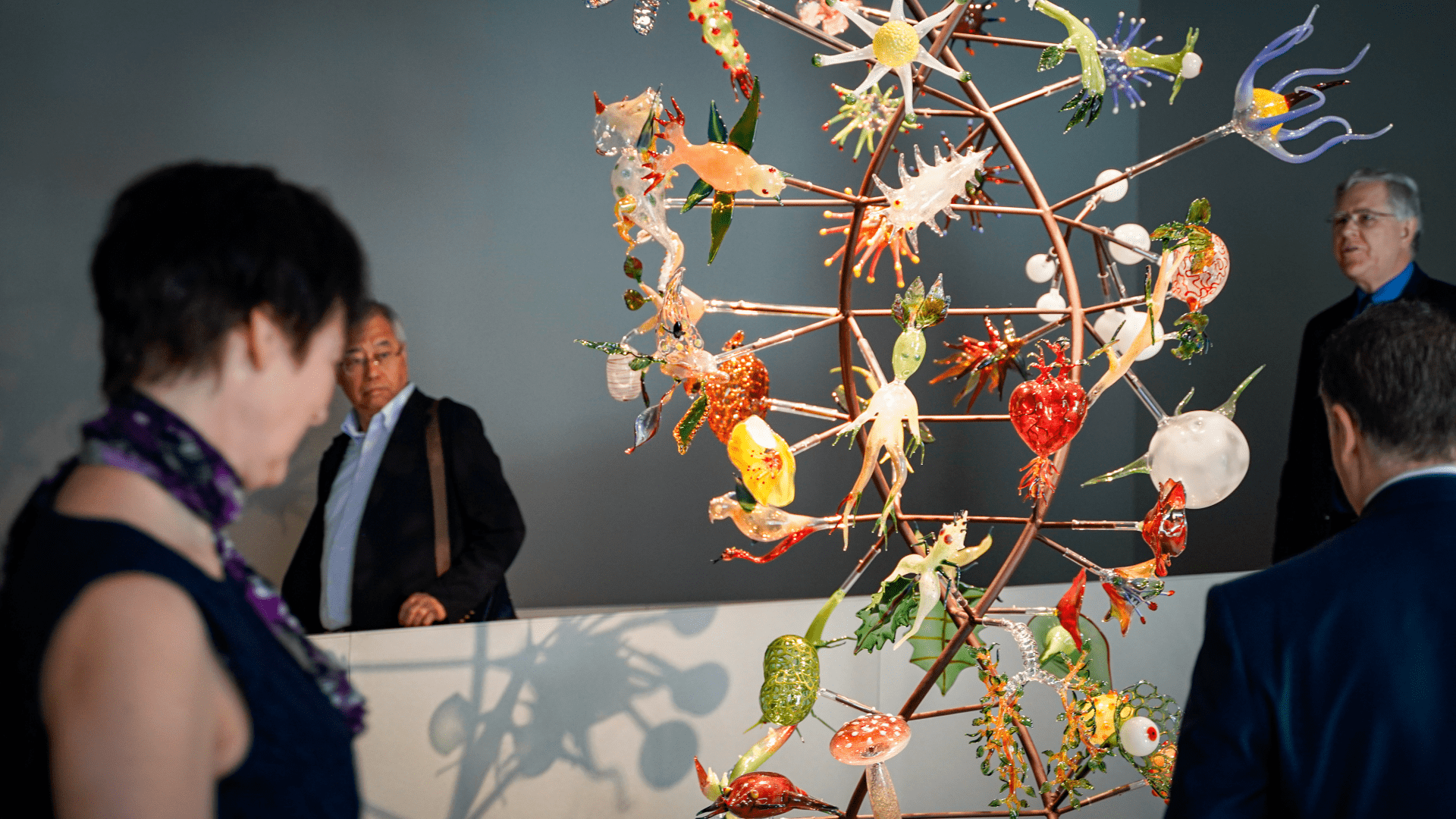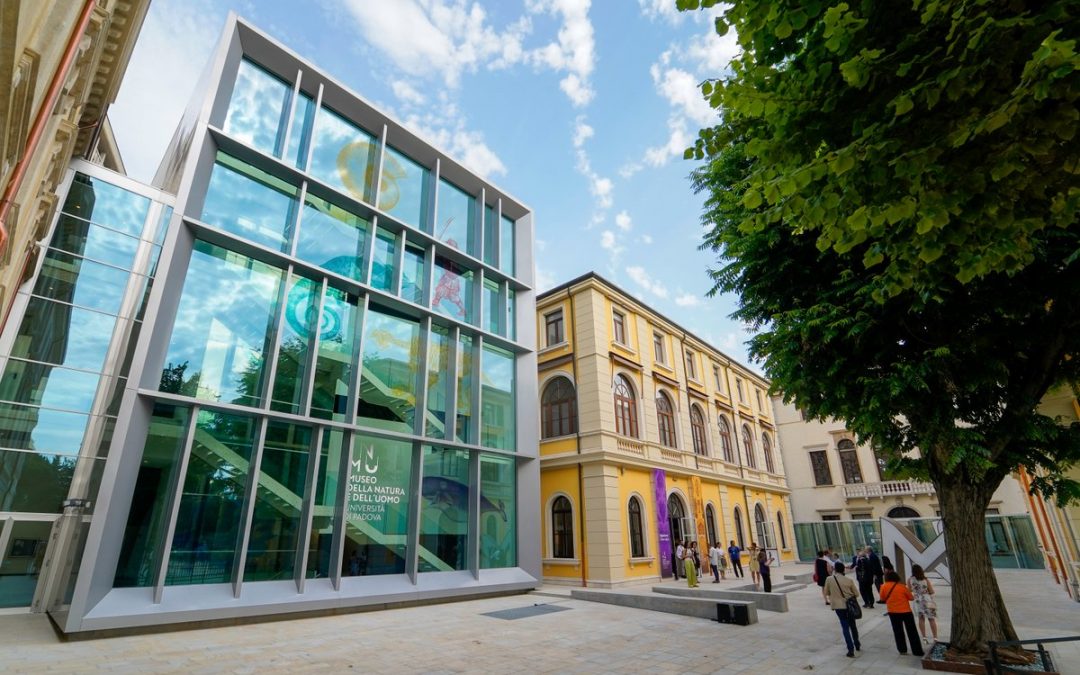MNU opens in Padua: the largest university scientific museum in Italy
A new museum has opened in Padova: it is the MNU, Museo della Natura e dell’Uomo, inaugurated on Friday 23 June and opened to the public yesterday, 24 June 2023. It is the largest university scientific museum in Italy, exhibiting four thousand of the 200 thousand findings owned by the University. These objects tell the story of this institution in its 800 years of history, celebrated in 2022. The new layout combines the pre-existing university museums in a single exhibition itinerary, to tell a planetary story from its beginnings, more than four billion years ago, up to the present day.

One of the exhibition rooms at MNU – Museo della Natura e dell’Uomo
Courtesy MNU
The MNU is divided into 38 rooms of about 3,800 square meters, plus an area for temporary exhibitions of about 300 square meters, inside the sixteenth-century Palazzo Cavalli, not far from the Scrovegni chapel. The museum itinerary winds through video projections, immersive rooms and multimedia exhibitions, divided into four macro-sections: objects related to anthropology, the study of man and cultures; geological and paleontological finds; a section dedicated to mineralogy, with a rare aquamarine from a Himalayan mine; finally, the rooms dedicated to zoology, including the first sabre-toothed tiger (2.5 million years old), a gift from California to the Paduan museum. One of the most valuable finds is the leatherback turtle captured in 1760 off the coast of Rome and donated by the pope at the time, Clement XIII, to the University of Padua where he had studied.

The leatherback turtle of Clemente XIII
Courtesy MNU
“A new place of collective and democratic participation in knowledge is born in Padua, a large inclusive scientific museum, which focuses its narration on thousands of original finds of extraordinary value,” said Telmo Pievani, Scientific Director of the Museo della Natura e dell’Uomo. “At the MNU, research, conservation, teaching, sharing of scientific knowledge, and awareness on environmental issues will be carried out, opening up to the most diverse audiences, especially young people. It will be an exciting theatre of scientific citizenship.”

The MNU during the inauguration on Friday 23 June 2023
Courtesy MNU
Thanks to the vast collection and the exceptional museum venue, visitors will be transported on a journey through time and space from the geological eras up to the present day, among evocative Baroque frescoes and stuccos, very ancient finds and multimedia effects.

